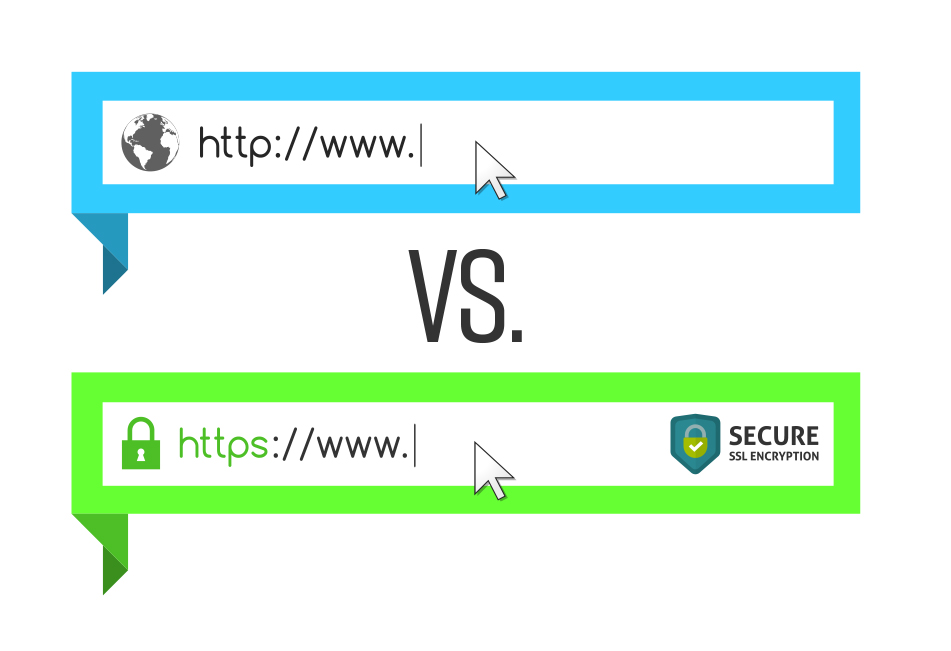Exploring the World of HTTP: My Journey into the heart of Android Development
When I first started exploring the world of android development, I was curious about how apps were delivered from servers to mobile devices. As I delved deeper into the topic, I realized that this process involved a multitude of network layers. One of the key components that I encountered was HTTP, the protocol that enables apps to communicate with servers.
As I began to learn more about HTTP, I realized that it was an application layer protocol that enabled android apps to communicate with servers, it was like a messenger of the app, delivering important information and data between the different components of the app.
HTTP or Hyper Text Transfer Protocol was designed to communicate between web browsers and web servers. Along with the time it evolved improvements, now it facilitates the transfer of data like images, audio, video, etc.
HTTP has a large variety of features to offer like :
Connectionless :
HTTP is commonly referred to as a connectionless protocol because it doesn't maintain an ongoing connection between the client and server. Instead, the client establishes a connection, sends a request, receives a response, and then the connection is closed.
Stateless :
HTTP is considered stateless because each request is treated independently, without any reference to previous requests. This means that the browser and server do not retain any information about the previous interactions once the current transaction is completed, leading to a loss of connection.

HTTP defines a set of instructions to act using given resources. HTTP handles two types of methods :
Request
Response
The request line contains the URL of the request, which is used to find resources on the server. It also specifies the method, which tells the server what to do with resources.
Request Header :
It deals with information that the client demands, i.e. language and content type to be displayed.
HTTP Response :
HTTP Response is the message sent by the server to the client to provide the requested resources.
Status Code :
Do you know what's the s in HTTPS? It simply s in HTTPS stands for secure, indicating that the communication between the server and the browser is encrypted to prevent unauthorized access or tampering with the data being transmitted.
HTTPS is a secure communication protocol that is widely used for online transactions and logging into sensitive websites. It uses a combination of the SSL/TLS encryption protocols to secure the data being transmitted between the server and the browser. This encryption ensures that the information being exchanged, such as login credentials or credit card information, is protected from being intercepted or accessed by unauthorized parties. Understanding how HTTPS works require knowledge of encryption protocols, certificate authority, and Public Key infrastructure.
Now to understand the types of SSL and how it works, it will be long for you and eventually, you will get bored of this blog. So stay tuned for my very next blog which is coming soon!!

